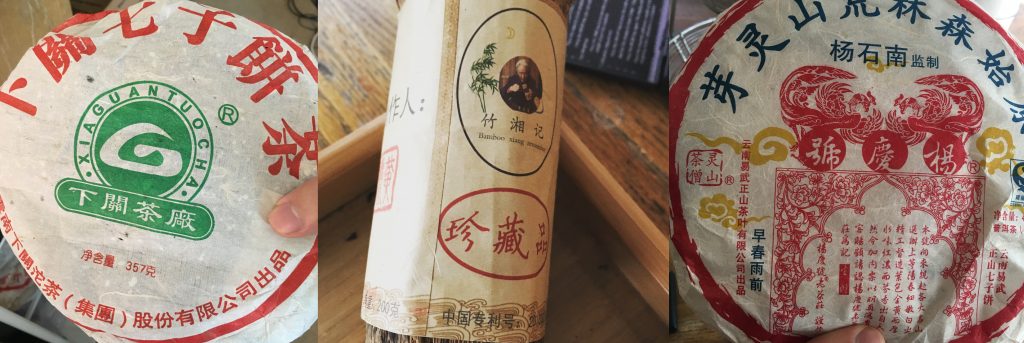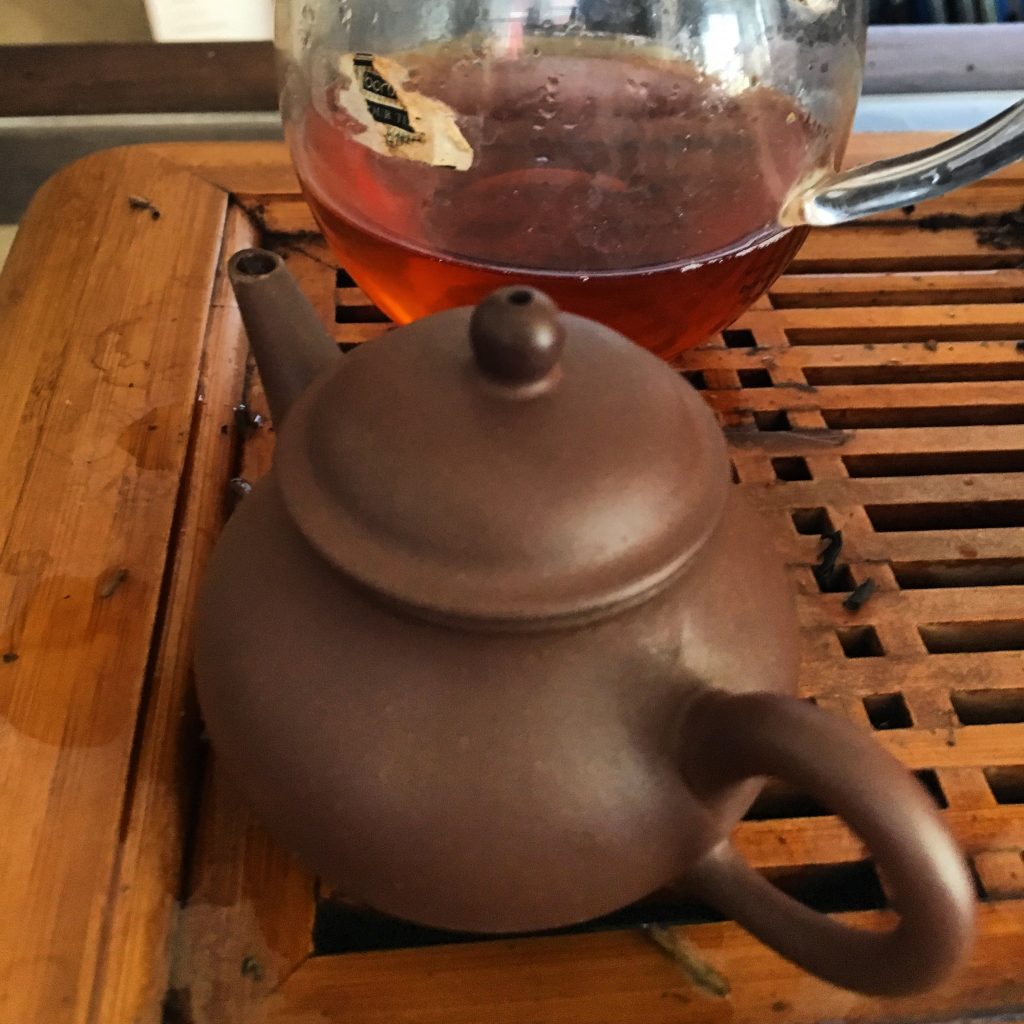Judging from the positive and negative responses in the comments and on facebook to the article published on vendor markup, I clearly hit a certain chord within our small little tea niche. I wanted to post a few quick follow-up thoughts and clarifications.. As some people have mentioned, what is a fair price for a tea is an incredibly complex and personal question that is well beyond the scope of this site. A vendor can provide value through a number of ways many of which have nothing to do with price. They can help by educating or teaching the customer about tea or by allowing the drinker to sample in the store.. It’s also worth mentioning that it’s well within the consumer’s right to search for what they deem a good price to buy their tea. After all, noone should buy a $6000 iphone.
- Vendor markup is obviously a very touchy topic, and it’s one that I strongly suspect most vendors, good or bad, would more comfortably hope remains ambiguous.
- As Marshaln points out, this sort of comparison isn’t really possible with most oolongs or other teas. The labels of pu’erh make it a market with an odd strain of natural transparency.

Markup is Normal and OK!
People interpreted the previous article in numerous ways. Some thought it was a witch hunt.. Others interpreted as a demonization or a vendor shame piece for even showcasing markup. If a tea is overly marketed and placed above and beyond the east Asian market it most definitely can rub me the wrong way. That all being said it certainly wasn’t my motive to make markup a thing that only evil tea companies do to take our money.
- A markup is absolutely necessary for any serious tea business to have.
- Low-markup vendors selling factory tea for about 100% more than CN retail are not only selling at a low mark up but are also acquiring the tea at a reasonable price.
- It is also perfectly OK for people to sell the tea for more than 100% markup!!! Let me say it again. Vendors aren’t trying to be your BFF. A markup of 400-500% is normal and can also be perfectly OK. That being said, it’s also well within the consumer’s right to shop around.
One final point.. It was never my attempt to demonize people who markup their tea. There’s often a divide between what the customer thinks of the seller and the actual seller.. In the previous article I highlighted my vendor friend with a very small markup, but the consumer thinking they were making a killing.. If you expect no markup or a markup beneath 100% listed above you don’t really have a good grasp on what it takes to run a successful tea business in our very small niche.
Clarifications on Markup Estimates
A few veteran tea drinkers made the point to me that it’s pretty much impossible to have a healthy tea business selling tea to the west as your sole source of income without marking up your tea by just 100%. It’s a good and most likely reasonable point. My previous estimate of 100% markup for the lowest markup vendors, may actually be unreasonably low.
The fact of the matter is I don’t really know the markup for the majority of any vendor’s teas. The calculations and estimates were done principally through fairly obvious examples of factory tea and excluded wholesale pricing. In today’s modern market, many vendor’s bread and butter is their own private pressings with a bit of shupu mixed in. Without traveling with them it’s pretty much impossible to tell what the true cost of goods sold is for their own produced tea. Rewrapping tea is also a trend in the western market which makes figuring out the CN retail price difficult.
Not Everyone is a Shark
The end-price doesn’t always reflect the markup or the whole tale. The actual markup can be confusing and impossible to know even if you can figure out approximately how far above CN retail a certain tea is.. Take for an instance a Mengku cake that was being pre-sold as $200 or $300 in the store. When I saw this listed on facebook, I immediately recognized the beeng from both taobao and Yunnan Sourcing where it sells for ~$30 and $60 respectively. I then verified it was the same tea with a native Chinese speaker.. I’ve drank the tea before and in my opinion it was a tea that had no business selling for anywhere close to that.
However, that’s only half the story.. The person selling the cake (who normally doesn’t deal with factory tea) revealed that he had paid 1000RMB (~$150) for the cake. Assuming that is accurate, selling the cake for $300 is just a 100% markup and the pre-sold price is actually a very low markup of 33%. This obviously doesn’t make the end price any better for the consumer, but it does change our mental framing. In the end, the consumer who is often trusting the vendor, ends up paying far more for the same product. This highlights point 2 above, and the importance in knowing the market. Sometimes the best of intentions simply aren’t enough.. In order to bring the best price or value to a consumer, being able to know and discern the proper price in the market is equally as important as not marking up the price by 1000%!
- The previous article probably would’ve been more accurate if it differentiated vendor markup with % above CN retail.



Leave a Reply